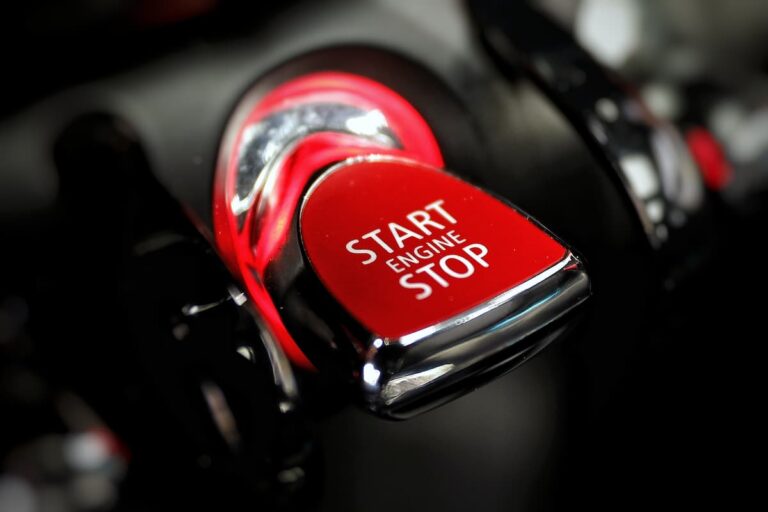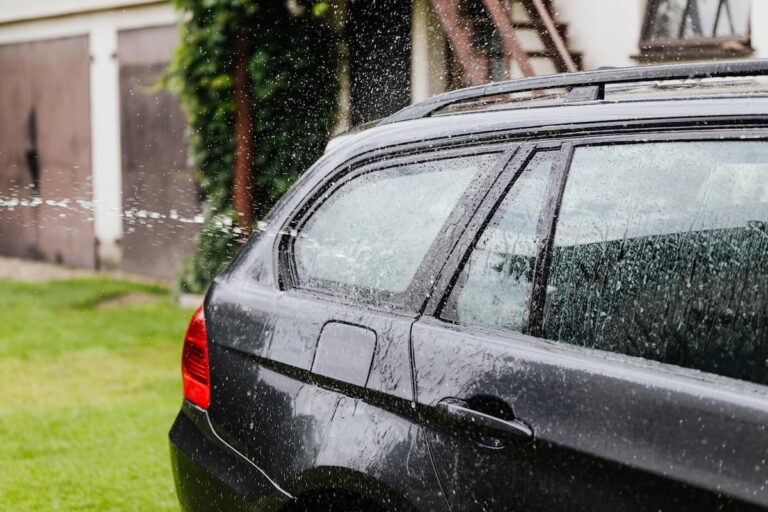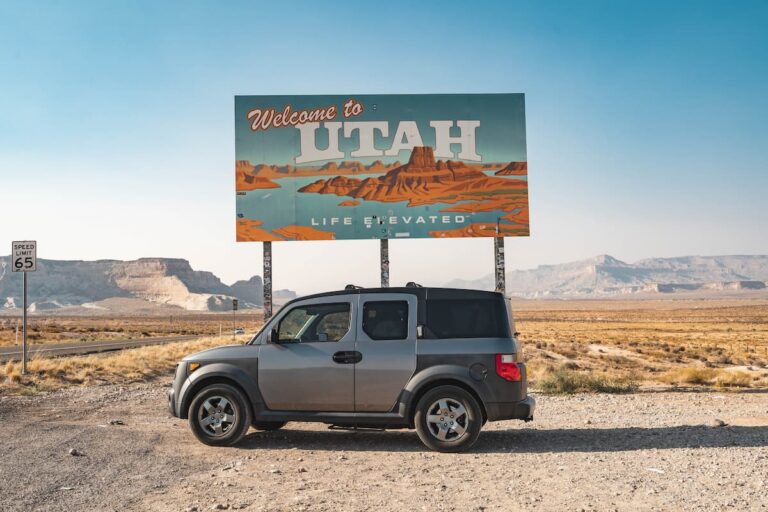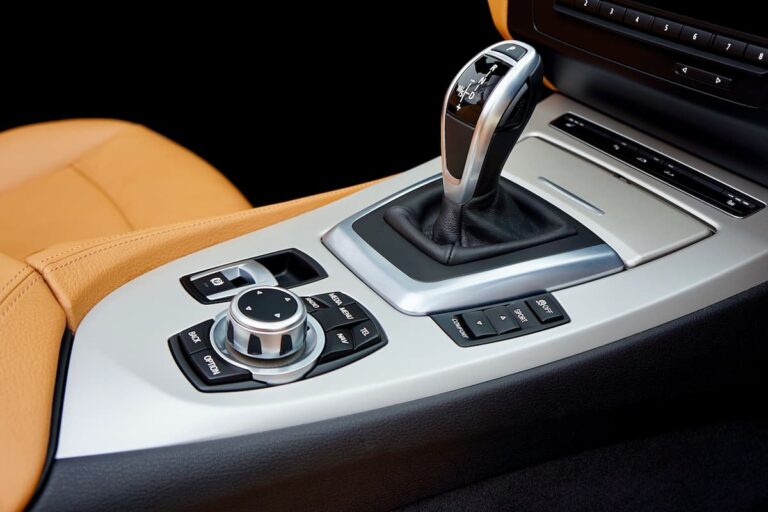Is The Motorcycle Test Harder Than The Car Test?
Whether the test for obtaining a motorcycle license is harder than your standard driver’s test is subjective as both vehicles require different skills.
For example, some people may find handling a motorcycle easier than driving a car, while the opposite may be true for you.
If you have limited experience with either vehicle, a motorcycle test is more challenging than a car test. To get a motorcycle license, you often have to complete a written test and two practical exams, whereas, with a car test, there is only one written test and one practical exam.
Differences Between Car and Motorcycle Theory Tests
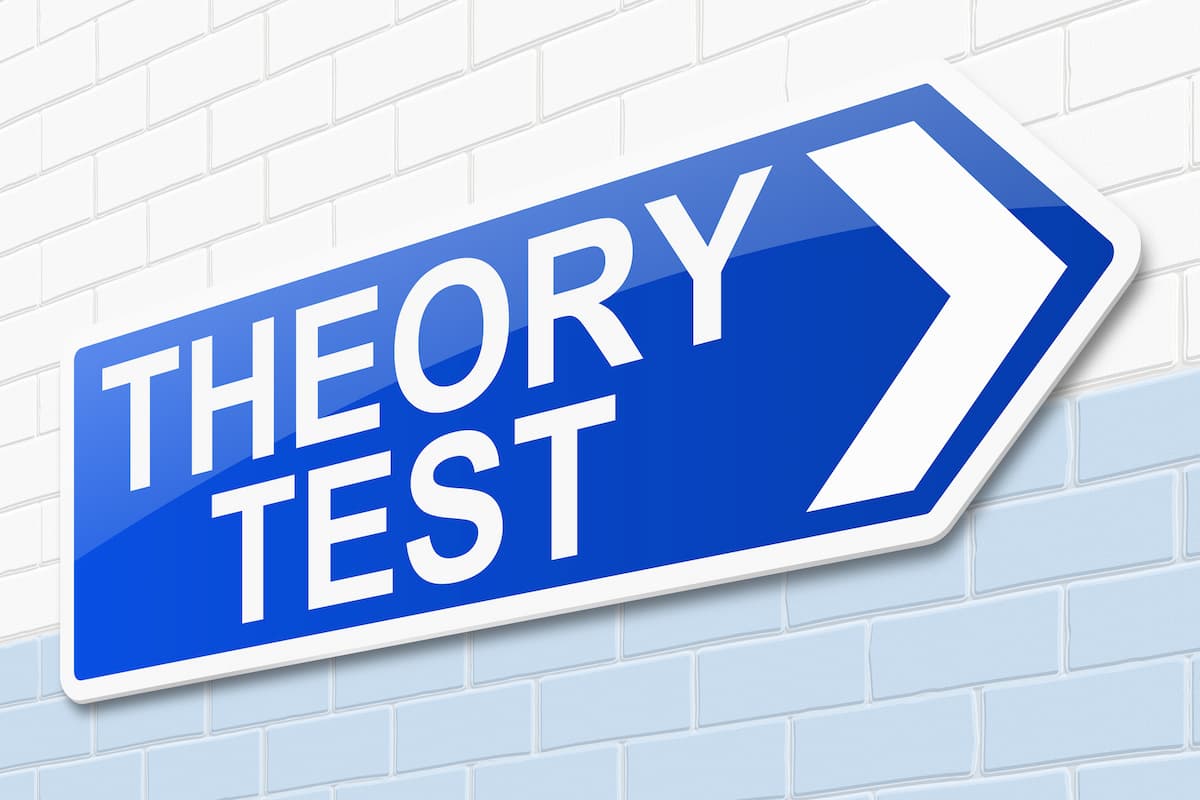
The theory tests for cars and motorcycles are similar in structure and have the same number of questions and test clips.
The differences lie in the content of each exam, as they contain questions specific to each vehicle. Whether one theory test is more challenging than the other is hard to judge and depends on your learning style.
Motorcycle Theory Questions
Motorcycle theory tests cover the laws and best practices for riding according to your state.
You should expect several questions about the following:
- local laws (e.g., when/how to renew motorcycle registrations or what each class of license in your state permits);
- traffic rules (e.g., road signs, speed limits, etc.)
- safety (e.g., statistics regarding helmets or motorcycle-specific clothing); and
- maintenance (e.g., how often to change fluids or test certain parts).
Car Theory Questions
Car theory tests also cover traffic laws, road signs, and proper driving techniques; however, car tests also include questions about alcohol consumption, weather-specific driving, and horn etiquette.
A couple of commonly missed questions on the car theory test are:
- When adjusting your seat, you should allow how many inches between your chest and steering wheel? (Answer: 10 inches.)
- If your vehicle is equipped with anti-lock brakes, when they engage, it is important to do what? (Answer: keep your foot on the brake.)
Differences Between Car and Motorcycle Practical Tests
Though car and motorcycle practical tests are similar in instruction, the implementation is very different. Just because you passed your driver’s test doesn’t guarantee you can pass a motorcycle test.
Car Practical Tests
Drivers only take one practical test, usually after they pass the written test.
During your driver’s test, an examiner sits next to you in the vehicle, giving you instructions and recording your progress.
Before your in-vehicle evaluation, you will have to take an eye test to confirm your vision is intact. Carry your glasses if needed, and do not consume alcohol or intoxicating substances before your test.
The next step is the “show me, tell me” section. You show your instructor how to perform simple safety checks and tell them how you carry out certain activities, e.g., checking the tire pressure.
After this comes the general driving test, where your examiner will ask you to perform various maneuvers, including:
- Making turns
- Pulling over
- Conducting an emergency stop
- Parallel parking
- Reversing in or out of specific areas.
During your driving test, the examiner will watch that you adhere to all traffic signs; check your mirrors and other lines of sight; use your signal when turning; and are generally able to drive safely and independently.
Once the test is complete, the examiner will score your performance and reveal your results.
Motorcycle Practical Tests
Riders have two practical tests: a 20-minute off-road exercise and a 40-minute on-road test.
The off-road exercise is about performing specific maneuvers, including:
- U-turns
- Emergency stops
- Three figures-of-eight
- Slaloming around cones
- Riding alongside a walking examiner (moving at their pace).
The on-road test is similar to the car test, as it features an eyesight check, a “show me, tell me” section, and general instructions from the examiner.
Your nerves are less likely to work against you when doing a practical motorcycle exam, as the tester doesn’t sit beside you scrutinizing your every move.
Tips On Passing Your Car or Motorcycle Test

Passing your practical exam for either a car or a motorcycle is easier if you’re prepared. Here are some tips to help you prepare for your road test.
Practice, Practice, Practice
Theoretical concepts aren’t enough when learning how to operate a motor vehicle – you actually have to get on the road and learn how to do it in real-time.
A critical part of preparing for your tests is learning to adapt. To develop your skills, you should practice driving on different kinds of roads and in various weather conditions.
The first step to learning how to drive a car or a motorcycle is obtaining a learner’s license.
The requirements depend on your age and state, but to practice driving either vehicle, you’ll need your learner’s license and the guidance of a trained instructor, friend, or family member.
For more information on the permitting laws in your state, contact your local DMV.
Get To Your Test Early
Give yourself plenty of time to get your practical exam. Get enough sleep the night before and arrive at least fifteen minutes before the test.
When you arrive early, you can get a feel for the situation, walk around the course (especially before an off-road motorcycle test), and prepare for what’s to come.
Ask Questions and Be Polite
During your exam, the examiner will give you several instructions, and mishearing even one can impact your final score. Don’t be afraid to ask for clarification.
It’s also highly recommended to be polite to your evaluator. If you’re aggressive or rude, it may work against you.
Conclusion
Motorcycle and car tests have similarities and differences, and claiming one as objectively more difficult is impossible.
Both have written exams and practical tests, and these exercises are challenging or manageable depending on your level of preparation.
Various factors increase your chances of passing these exams, including regular practice, early arrival, and polite interactions with the examiner.

